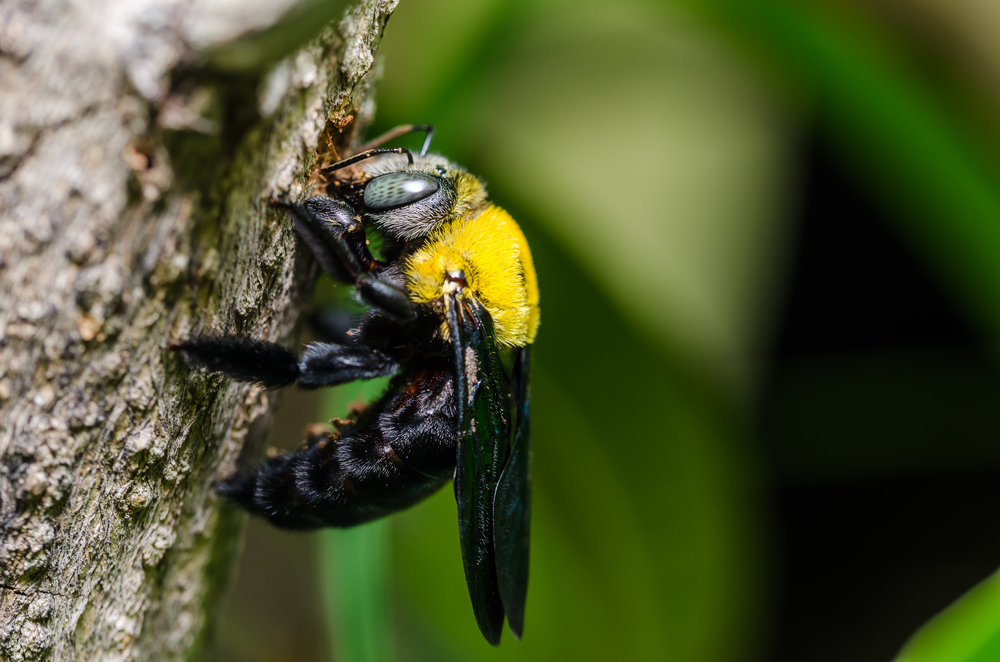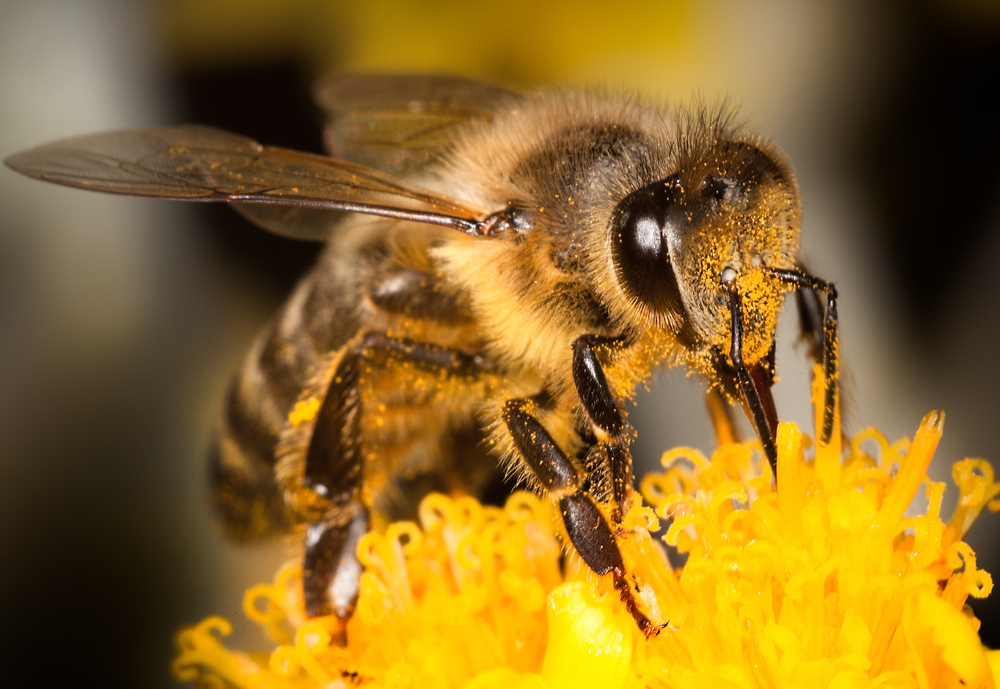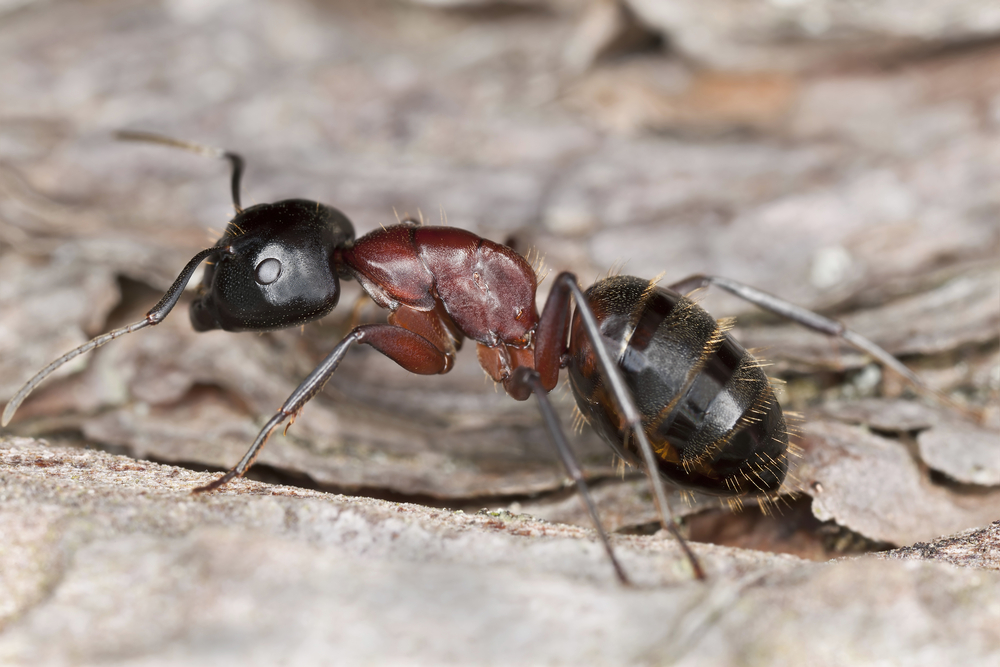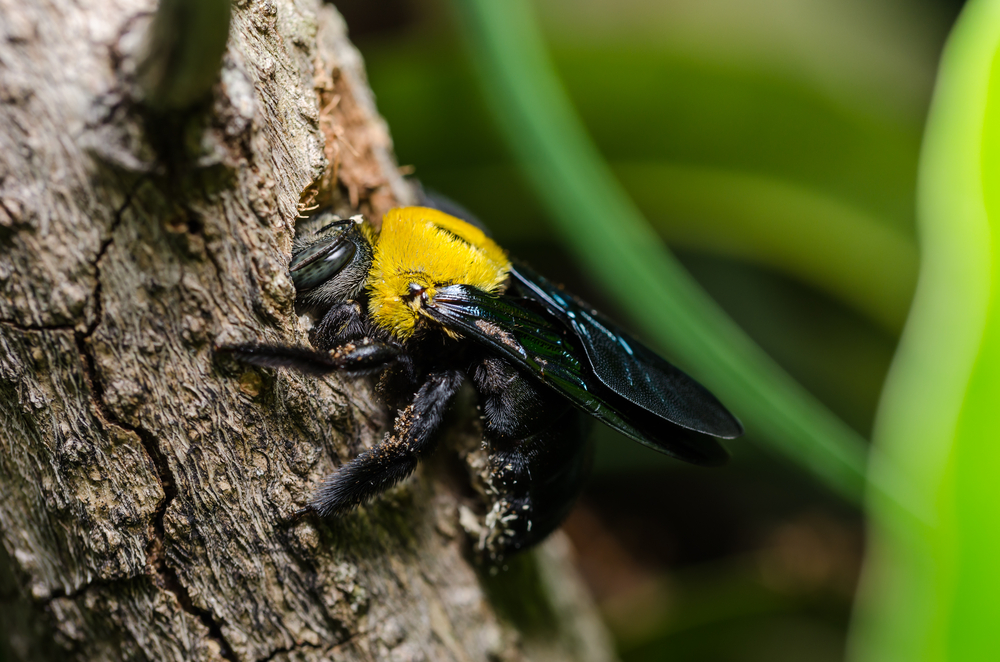Carpenter bees belong to the genus Xylocopa, which includes numerous species distributed around the world. The exact number of recognized species may vary among entomologists, and new species may be discovered over time. As of my knowledge cutoff date in January 2022, there are over 500 recognized species of carpenter bees within the Xylocopa genus.
These species exhibit a wide range of sizes, colors, and distributions, making them a diverse and fascinating group of insects. Carpenter bee species may vary in their geographic range, nesting habits, and preferred host plants. Some species are more common in certain regions, while others have more limited distributions.
It’s important to note that the classification of carpenter bee species continues to evolve as scientists conduct research and discover new species. Taxonomists use various characteristics, including physical features and genetic analysis, to identify and classify these bees. Conservation efforts may focus on understanding the diversity of carpenter bee species and their roles in ecosystems to support their protection and preservation.
















































































